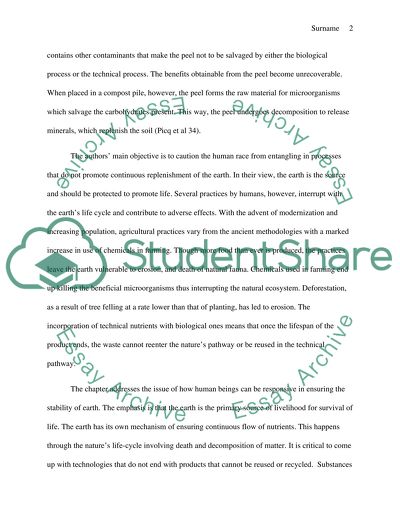Waste equals Food Essay Example | Topics and Well Written Essays - 750 words. Retrieved from https://studentshare.org/environmental-studies/1437840-chapter
Waste Equals Food Essay Example | Topics and Well Written Essays - 750 Words. https://studentshare.org/environmental-studies/1437840-chapter.


